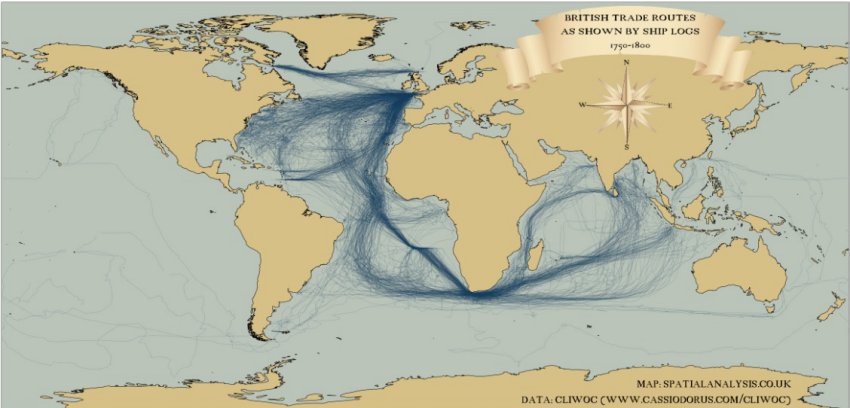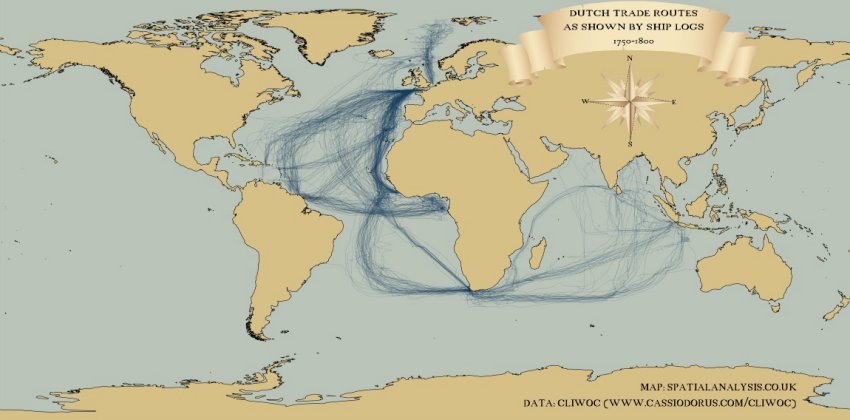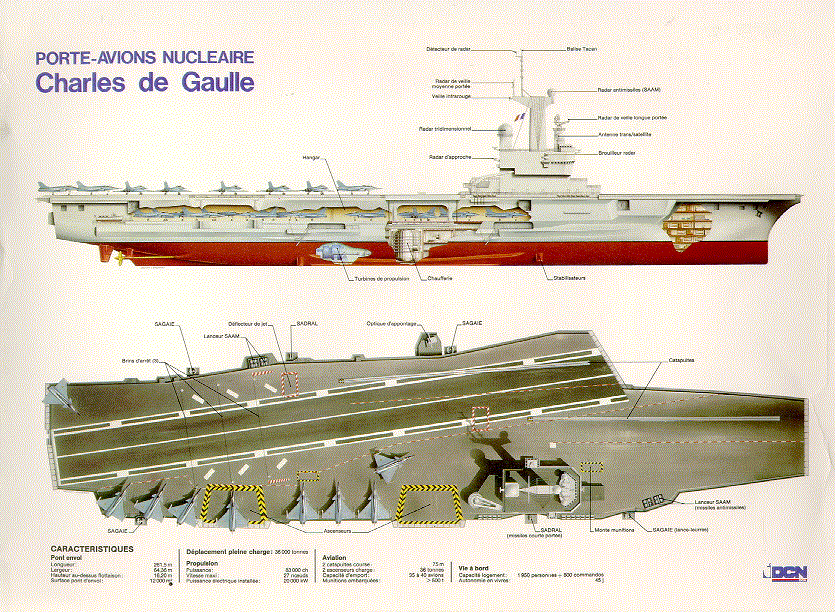Strategy Page has an update on the anti-piracy efforts off the Somalian coastline:
After two years of immense prosperity, the last year has been a disaster for the Somali pirates. For example, in the last eight months, only six ships have been captured, compared to 36 ships in the same eight month period a year ago. Pirate income is down 80 percent and expenses are up. Pirates have to spend more time at sea looking for a potential target, and when they find one, they either fail in their boarding efforts (because of armed guards, or better defense and more alert crews) or find anti-piracy patrol warships and armed helicopters showing up. Unlike in the past, the patrol now takes away the pirates weapons and equipment, sinks their mother ships and dumps the pirates back on a beach. The pirates claim that some members of the anti-piracy patrol simply kill pirates they encounter on the high seas (some nations have admitted doing this, at least once, in the past). But no one does this as official policy, and the rules are still basically “catch and release.” The big change is that the patrol has become much better at detecting pirates, on captured fishing ships, and shutting these pirates down. Often the pirates bring along the crew of the fishing ships, to help with the deception. But the patrol knows which fishing ships have “disappeared” and quickly identify those missing ships they encounter, and usually find pirates in charge. The anti-piracy patrol also has maritime reconnaissance aircraft that seek to spot mother ships as they leave pirate bases on the north Somali coast, and direct a warship to intercept and shut down those pirates. The pirates have been losing a lot of equipment, and time, and money needed to pay for it.
[. . .]
Pirates have responded by finding new targets (ships anchored off ports waiting for a berth) and using new tactics (using half a dozen or more speedboats for an attack.) The pirates still have a powerful incentive to take ships. In 2010, for example, pirates got paid over $200 million in ransom. The year before that it was $150 million. Most of that was taken by the pirate gang leaders, local warlords and the Persian Gulf negotiators who deal with the shipping companies. But for the pirates who took the ship, then helped guard it for months until the money was paid, the take was still huge. Pirates who actually boarded the ship tend to receive at least $150,000 each, which is ten times what the average Somali man makes over his entire lifetime. Even the lowest ranking member of the pirate gang gets a few thousand dollars per ransom. The general rule is that half the ransom goes to the financiers, the gang leaders and ransom negotiators. About a quarter of the money goes to the crew that took the ship, with a bonus for whoever got on board first. The pirates who guard the ship and look after the crew gets ten percent, and about ten percent goes to local clans and warlords, as protection money (or bribes).
[. . .]
For the last four years, Somali pirates have been operating as far east as the Seychelles, which are a group of 115 islands 1,500 kilometers from the African coast. The islands have a total population of 85,000 and no military power to speak of. They are defenseless against pirates. So are many of the ships moving north and south off the East Coast of Africa. While ships making the Gulf of Aden run know they must take measures to deal with pirate attacks (posting lookouts 24/7, training the crew to use fire hoses and other measures to repel boarders, hanging barbed wire on the railings and over the side to deter boarders), this is not so common for ships operating a thousand kilometers or more off the east coast of Africa. Ships in this area were warned last year that they were at risk. Now, the pirates are out in force, demonstrating that the risk is real.






